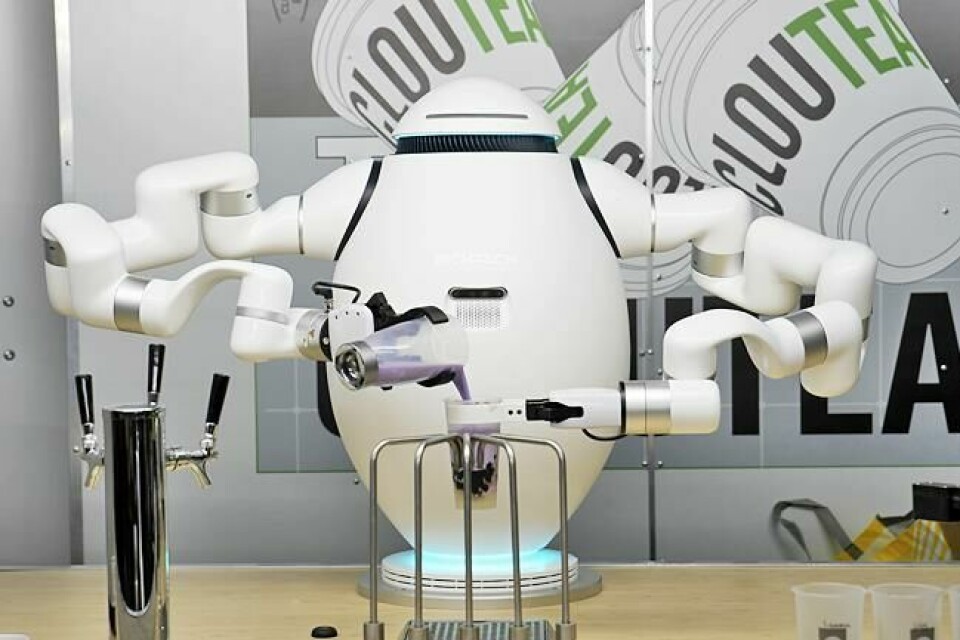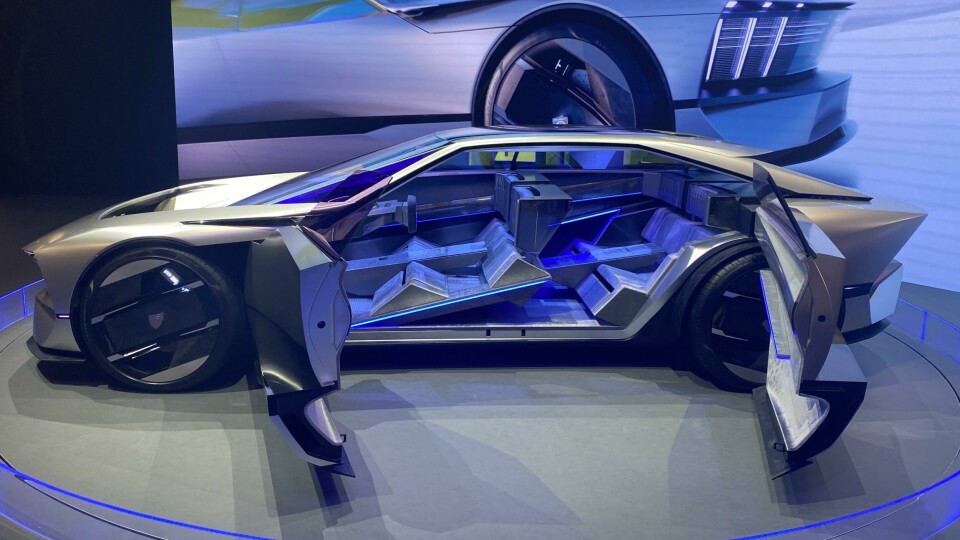
Why every car designer should be at CES
With the dust settled, CDN’s Laura Burstein looks back on CES and what it means for the designer crowd. In short, there’s no better place to see the trends shaping the next era of mobility
In the post-pandemic days of dying motor shows, the Consumer Electronics Show (now formally just ‘CES’) in Las Vegas has become the single-most important place for the automotive industry to gather in the new year. Without the once-mighty North American International Auto Show in Detroit standing in its way, the exhibition in the Las Vegas Convention Center stands unchallenged, a glittering beacon of innovation and utopian dreams.
It wasn’t always so. When I first attended CES, more years ago than I care to admit, the automotive offerings consisted of poorly done tuner cars and aftermarket accessories, hakwed from stands stacked with pulsating subwoofers and flashing license plate frames. In those days, the industry was buzzing with excitement for big-screen plasma TVs, digital cameras and portable devices that could someday be able to play TV shows from the Internet.
Not long after, carmakers realised the show was a new hotbed for the convergence between cars and tech. In 2008, then-CEO of General Motors Rick Wagoner said in his keynote, “If the automobile were invented today, I’m pretty sure it would debut here at CES.”
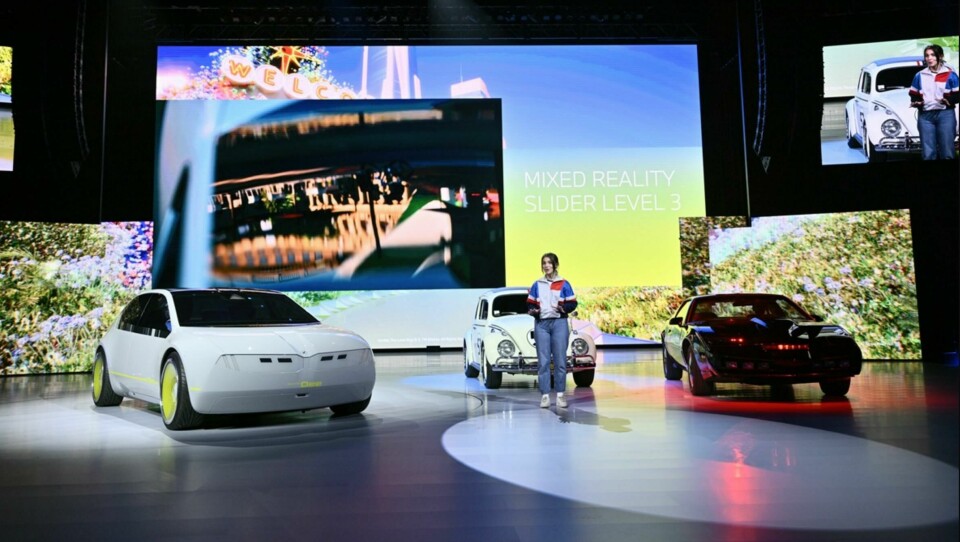
Over the next years, car companies — including Ford, Audi, BMW, and Mercedes-Benz — poured money into presenting keynotes, revealing concepts and building elaborate stands at CES. And while this year it appeared some brands had scaled back their direct involvement, the presence of many longtime suppliers was as strong as ever.
Many exhibited their clients’ cars in their own booths, including the Lucid Air at Amazon (touting its partnership with the Alexa speech recognition service), the Volvo EX90 at lidar supplier Luminar, and the Polestar 3 at SmartEye, makers of the vehicle’s eye monitoring system.
There are always new technologies here
Companies like Samsung, LG and Qualcomm have become increasingly bullish on their automotive offerings, promising ever-improving display screens and digital platforms. Add to the mix the myriad other companies turning out automotive hardware and software, and CES has become a veritable one-stop shop for OEM and supplier technology, more relevant and much more exciting than the traditional car show.
“There are always new technologies here that can influence how we approach UI/UX inside the vehicle,” Rivian’s head of design Jeff Hammoud told me as we walked around the show floor. Hammoud, who counted a glasses-free 3D screen from BOE as one of the coolest new products he saw this year, continued: “I’m also here to look at trends in the consumer electronics space. You see the resolution of TVs getting stronger and stronger, for example, and in addition to that CES is becoming more and more of an auto show. So to be able to see those big reveals from the auto manufacturers is an added benefit.”
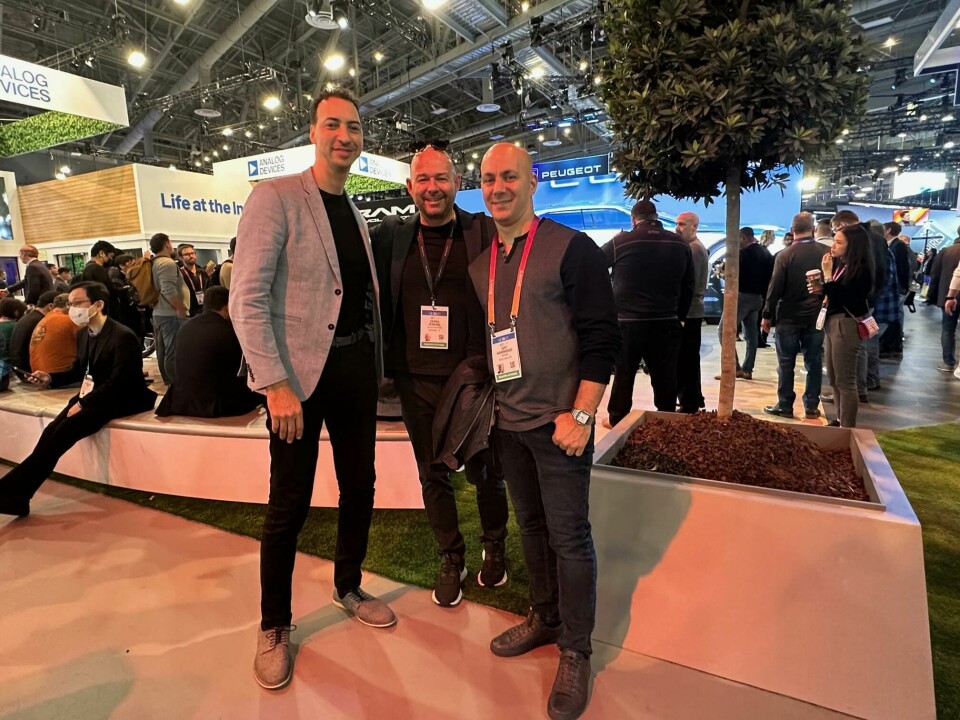
A trip to CES may be a no-brainer for a design director or a UI/UX team. But as paradigms shift to an inside-out, user-experience-first approach, and considering the ever-increasing amount of electronics and sensors designers must accommodate, CES and shows like it are becoming must-attend events for exterior, interior and colour and materials designers alike.
CES is not just important as a designer, but as a creative person in general
“If you’re working in a design group in an automotive space, whether it’s the proportion of the car on the outside or the layout of the interior, it’s important to understand next-generation technologies,” Lucid’s head of design Derek Jenkins told me as we chatted at the Amazon booth, a throng of onlookers admiring the Air sedan.
“Whether it’s touch technologies, augmented reality or screen tech, it’s like being able to think three, four, fives years ahead, so you can bring that into the architecture of your designs from day one. The next step beyond that is the general experience, like massage seating and ambient lighting. Being able to curate an experience is really a multi-sensory thing, and you’re getting bombarded with all that tech here.”

Beyond the cars and the parts that make them work, CES has also become a venue to showcase solutions that can help design processes and workflows. One of these is NVDIA’s Omniverse platform, announced at this year’s show, which allows designers and engineers to work together in a shared collaborative space.
Danny Shapiro, NVDIA’s Vice President of Automotive, explained: “As software and AI are infused into the vehicle, collaborative development between designers and software engineers in a shared virtual space is essential to better integrating physical design elements with digital elements, improve the overall aesthetic, test usability, and enhance the in-vehicle experience.”
CES 2023 was the great reconnection
Take away the automotive tech, and CES is a playground of inspiration, the digital counterpart to the likes of Art Basel and Salone del Mobile. Within multiple vast halls, one can marvel at smart washing machines, mirrors that use AI to analyse your skin type, and every type and size of screen imaginable. And then there are the robots. Robots that mow the lawn, robots that apply your makeup. Robots that make boba tea.
Andreas Kurbos, founder of design consultancy Studio Kurbos in Stuttgart, Germany (read about my exclusive studio tour here ), has been bringing his team to CES for seven years.
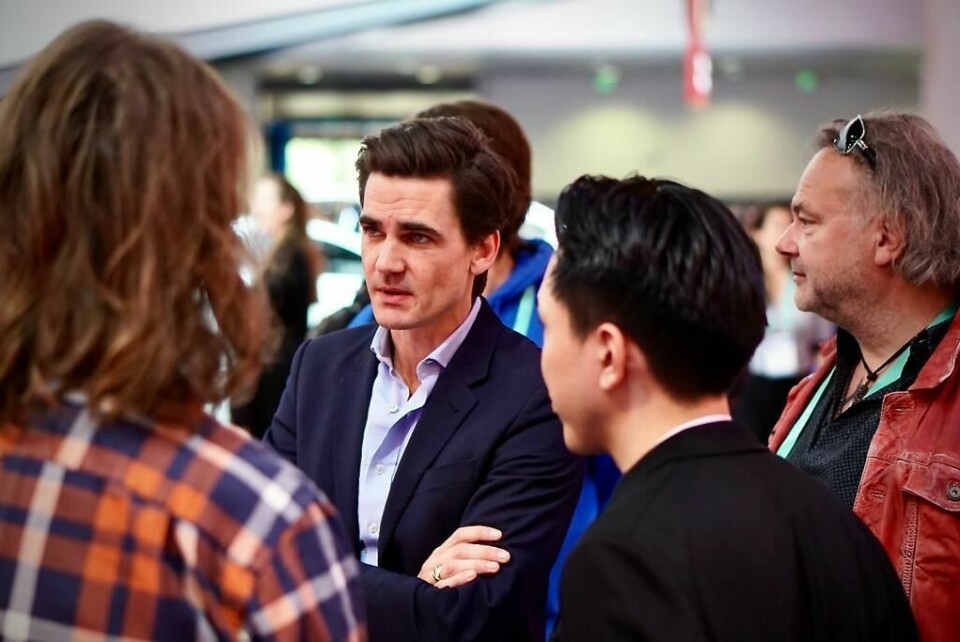
“CES is not just important as a designer, but as a creative person in general,” Kurbos says as we make the kilometre-long trek from the convention centre’s west hall to BMW’s outdoor stand in the central plaza. “You have not only consumer electronics, but different R&D topics like augmented reality, virtual reality, artificial intelligence, and so on. So you see where society is going in the next three, five, ten years. It’s really a big inspiration.”
After the robots had sealed their last boba cup, more than 115,000 attendees from 140 countries had traversed more than two million square feet of exhibit space, according to the CES media site. Despite the economic, logistical, and geopolitical challenges of the past year, the show was proclaimed a success.
“CES 2023 was the great reconnection and rocked by every measure — from attendance to the keynote stage to press conferences and product debuts on the exhibit floor,” said Gary Shapiro, president and CEO of the Consumer Technology Association, which hosts CES. “The innovation unveiled this week will drive economic growth and change in meaningful ways to improve our lives and create a better future for the next generation.”
See you all in Vegas next year. Bring your imaginations. And your boba straws.
